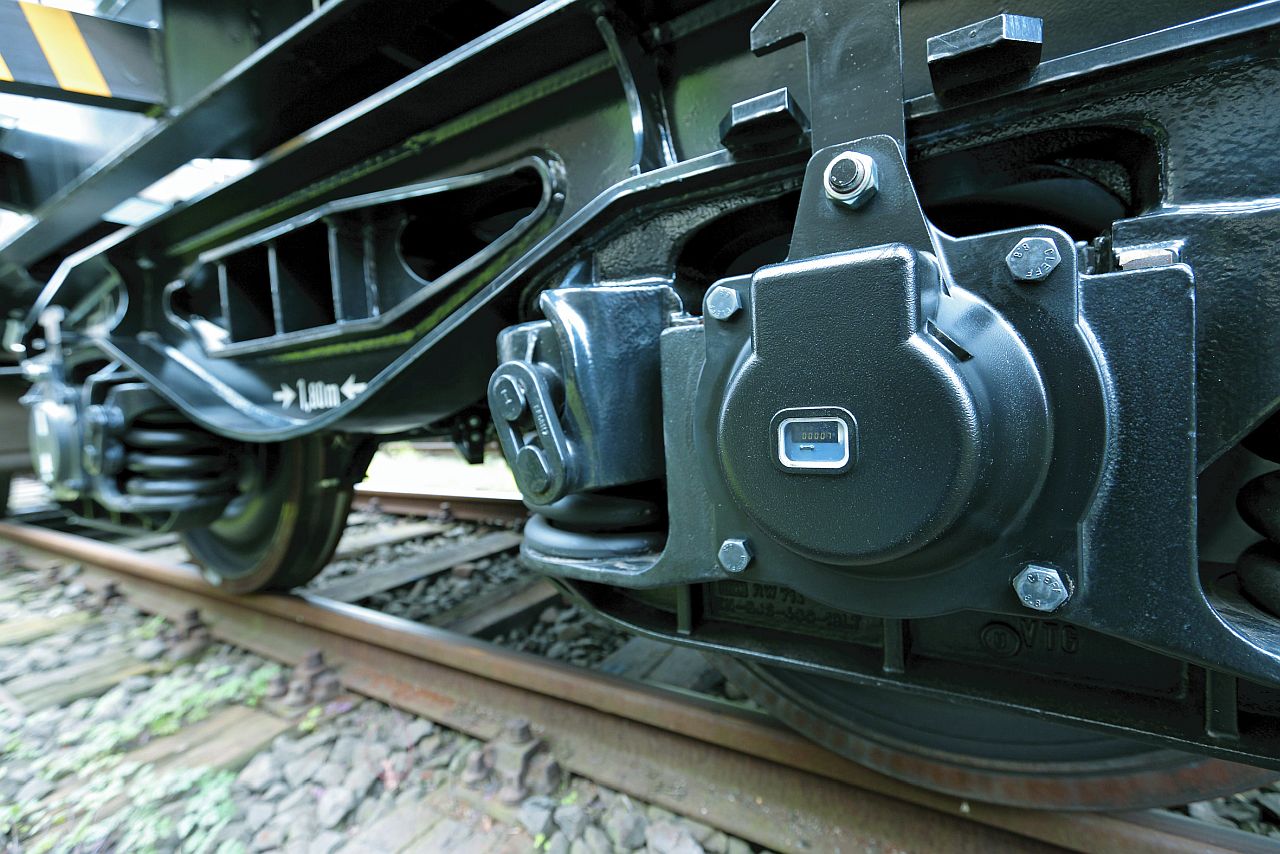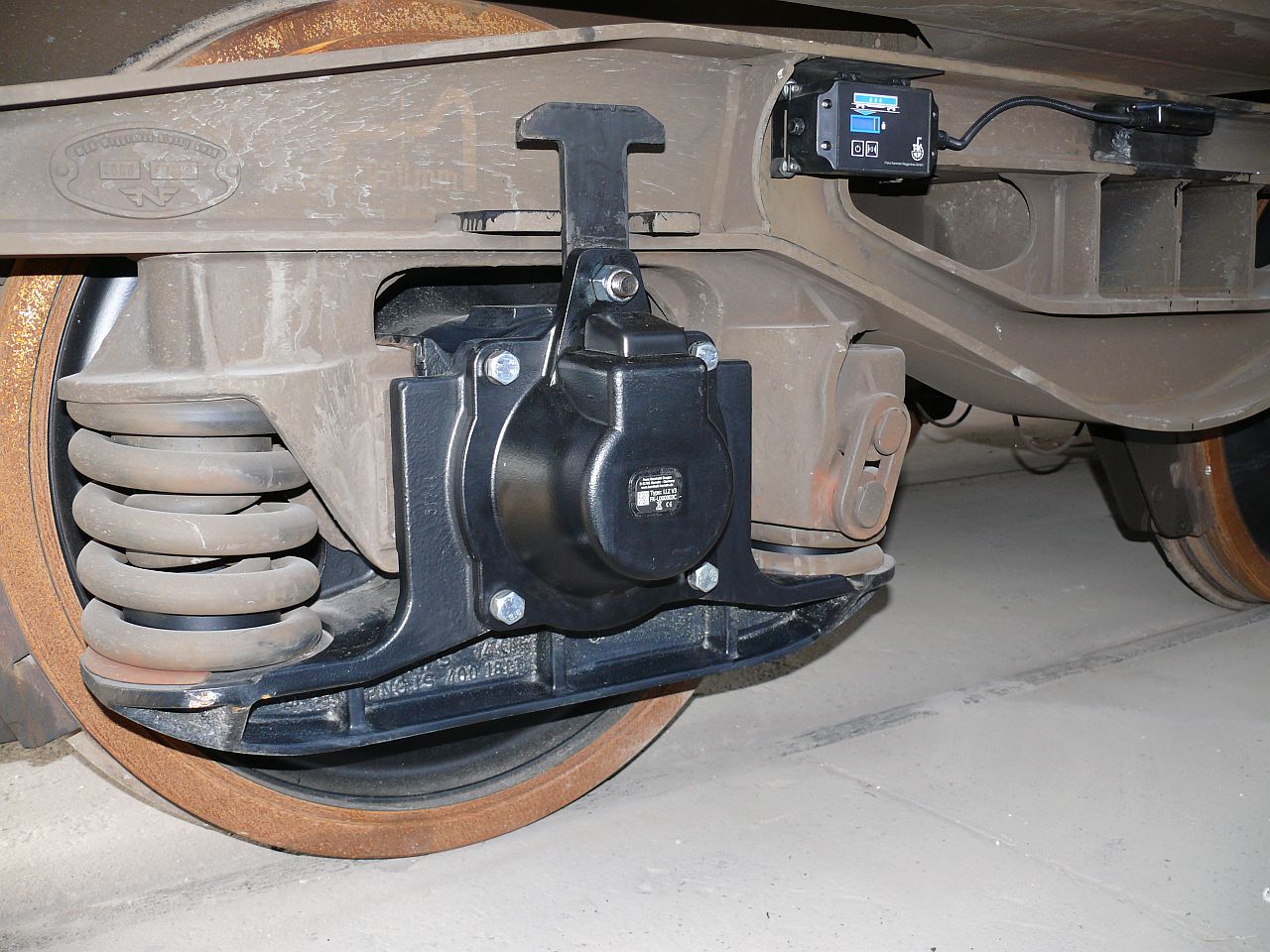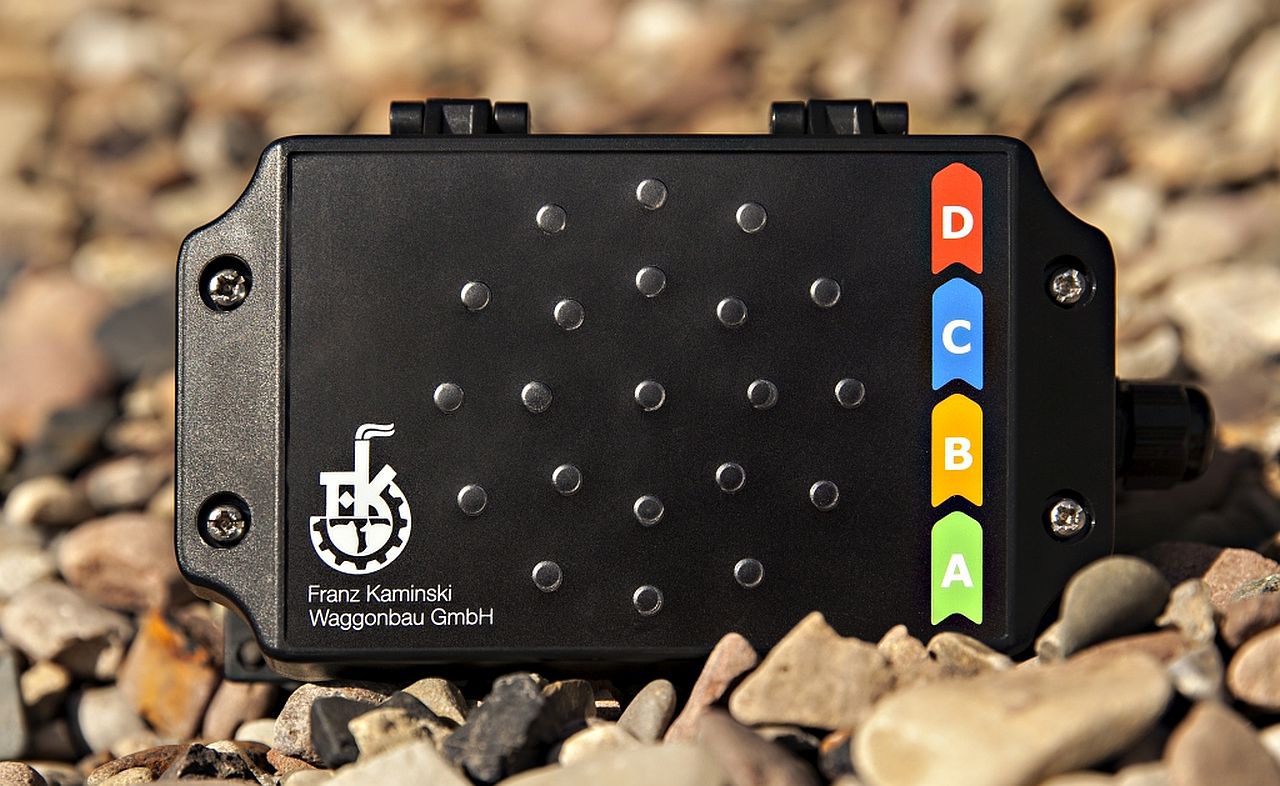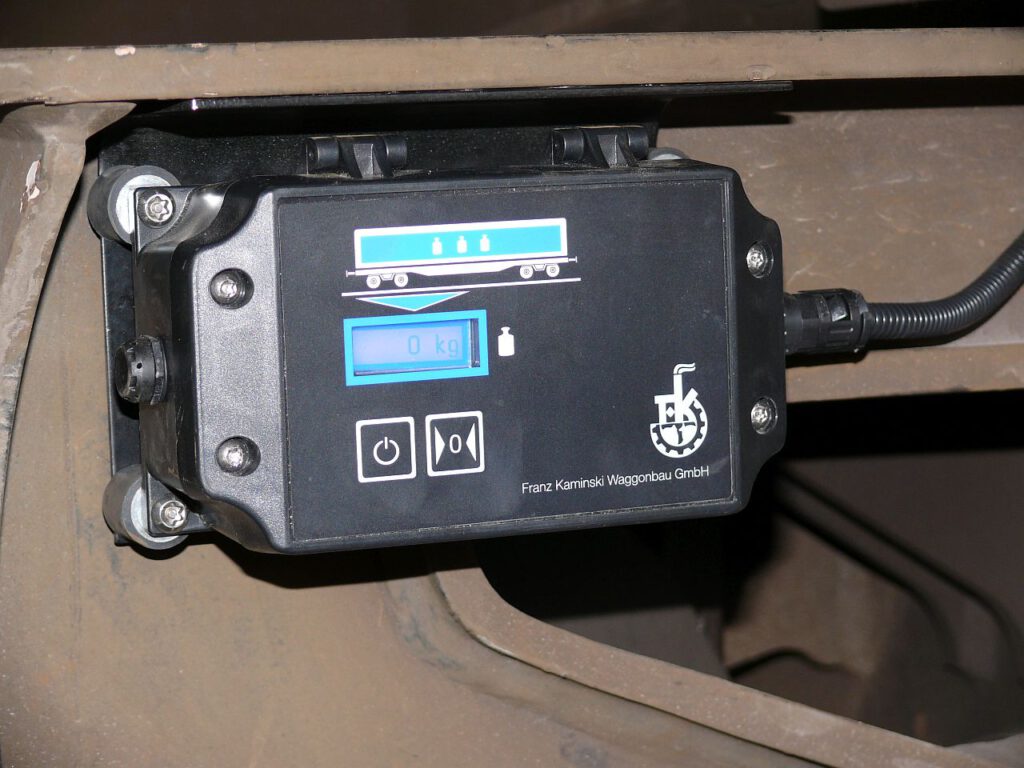Data & Information Systems
As a specialist for coordinated telematics solutions, we offer you holistic options for determining, storing and/or processing data. We look forward to hearing from you.

The mileage counter LLZ V2-EX is a modern tool for digital wheelset data acquisition. All relevant data can be carried on the vehicle. The LLZ measures the distance travelled and keeps a logbook of daily use. By equipping the electronics with a bistable display, a modern low-power processor and a sophisticated lithium battery, the system can be operated for up to 7 years without changing the battery.
The intelligent processor control minimises energy consumption and puts the system into standby mode when the vehicle is stationary. The bistable display requires no power while maintaining a constant display. The battery has a high energy density and is suitable for explosion-proof areas. The internal clock makes it possible to write a logbook. The data exchange via infrared allows a comfortable range at close range. The special infrared USB dongle can be connected to any PC through the USB interface. The software for data transfer can be easily installed and used in any Windows operating system. The product is designed according to the principles of intrinsic safety and constructional safety and may be operated in zone 1 with occasional occurrence of gas atmospheres (propane, ethylene, hydrogen). It bears the following marking (figure on the right).
The LLZ is mounted in place of a conventional bearing cover. The bearing cover of the LLZ is higher and thus offers space for electronics and mechanical coupling. The coupling is realised by a shaft that is pressed against the centre hub of the wheel axle by means of a spring. This shaft turns a small magnet that closes a relay contact in the electronics with each wheel rotation. The signal pulse generated in this way is counted and evaluated by the electronics so that the kilometres travelled can be determined from it. The mileage, wheel diameter, wagon number, wheelset number, etc. are saved in a 64kByte data memory.
The LLZ also has an internal clock so that the daily distances travelled can also be stored and retrieved in the form of a logbook. The current kilometre reading, battery status, wheelset number and date of the last IS2 are also shown in the display. By displaying the wheelset number, it is possible to track whether the counter has been refitted to the intended wheelset during revision work. Odometer readings can only be reset by authorised persons by accessing the software via the infrared interface. The software can only be accessed by authorised persons via the infrared interface to reset the odometer to zero.
Information about the vehicle and the wheelsets can also only be set by authorised persons. Wheel sets on the same vehicle can have different kilometre readings; for this purpose, the respective revision statuses of each individual wheel set and the corresponding wheel set number are entered by software. The power supply is provided by a Li-Ion battery which provides energy for 7 years. Therefore, it is sufficient to change the battery every 6 years. A detailed description of the handling and installation can be found in the document “Operating Instructions LLZ V2-EX – Revision 9”.

The telematics system LLZ V3 is equipped with a generator and a battery. The battery supplies power to a mobile phone standard, mobile phone network (GSM) and positioning system (GPRS).
The power management of the device is handled by an ultra-low-power processor that controls and monitors all functions on a battery-powered basis. The mileage is accurately determined independently of GPS position data by counting the number of wheel revolutions. The mobile phone module is activated to transmit event-driven measurement data and operating states. A GPS receiver is integrated for location determination (position determination), which is activated at every event to determine time and place. In tracking mode, positions are determined at intervals of e.g. 15km.
All determined data is stored until error-free transmission. The central unit also has an integrated short-range radio module (868 MHz), which allows external sensors such as acceleration sensors, temperature sensors, pressure sensors and other sensors that are used, for example, to monitor loads to send their monitoring data to the counter. These functionalities create a network architecture.
Status messages are transmitted by email and can be evaluated or forwarded by a central server. Of course, other protocols such as SOAP can also be operated. They contain the current measured values, routing, diagnostic data and error messages. These data can be visualised via a free portal tool (Kamport 4.0). If you want to use a portal from another provider and are already using it, this is no problem for us.

A large number of external sensor modules are available for the LLZ V3, which are connected via short-range radio (868 Mhz). These can be used, for example, to monitor temperatures and pressures of the goods being loaded. It is also possible to monitor various operating states of the wagon. E.g. lever positions, pressure, temperatures, vibrations.
The sensors measure at regular time intervals and evaluate the results according to preset parameters. This avoids unnecessary measurement data. If parameters are exceeded or undershot, a message is sent to the LLZ V3. Depending on the type of message, the LLZ V3 processes the message. Pure information is included in the next scheduled data transmission. In the case of alarm messages, the system tracts itself and immediately forwards the message to the server and/or to a responsible person. The sensors as well as the radio connection are checked for function at regular intervals in order to exclude malfunctions or sabotage. An ERROR message is sent to the server when faults occur. The radio traffic is based on its own data protocol and is also additionally encrypted.
This makes manipulation of the measurement data almost impossible.

© 2025 Franz Kaminski Waggonbau GmbH | All rights reserved